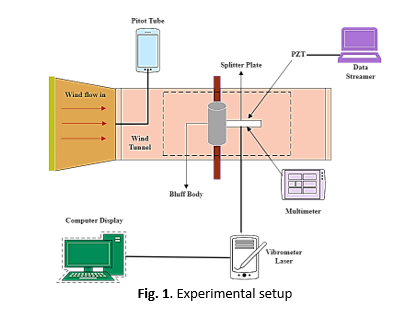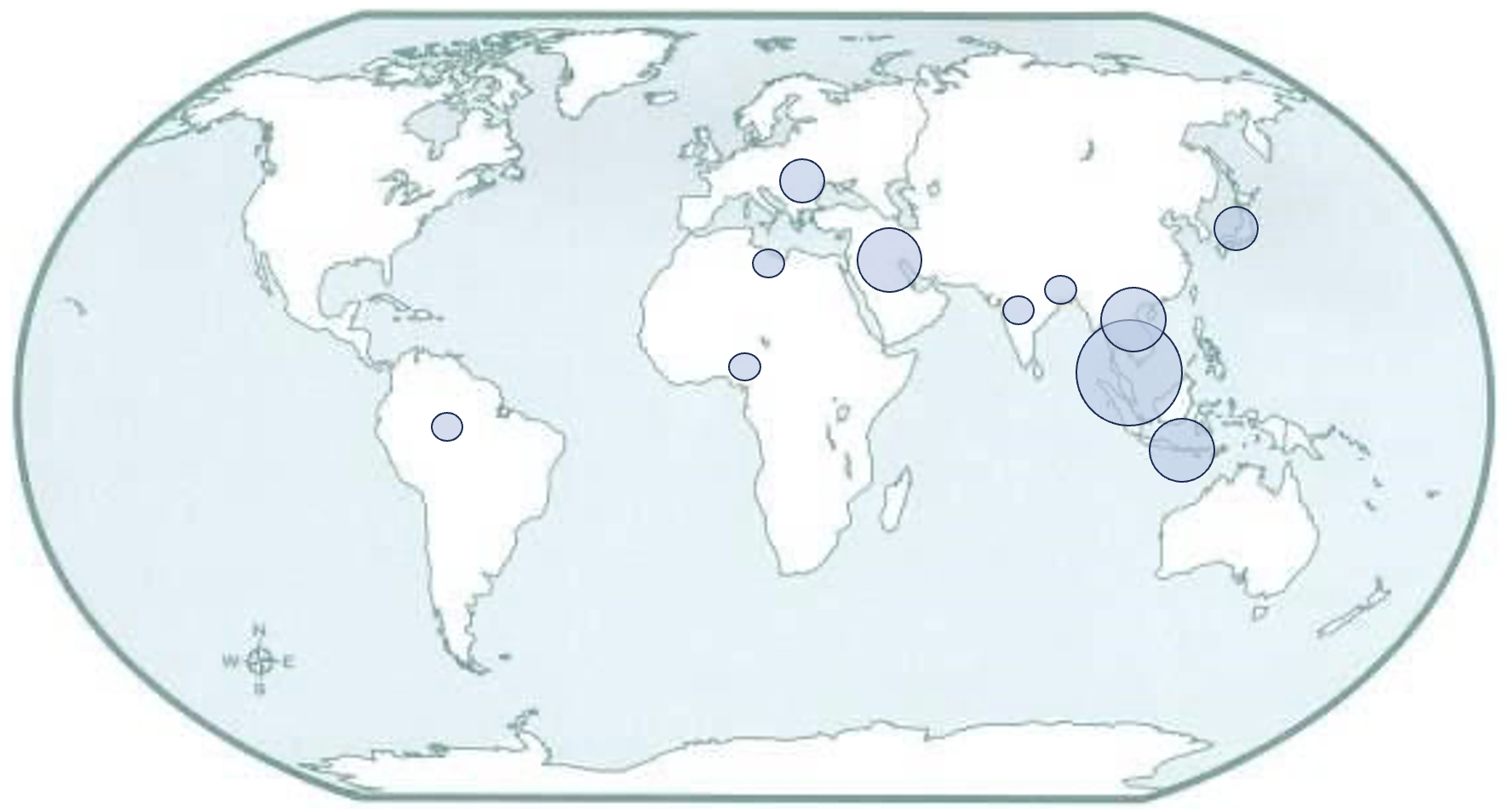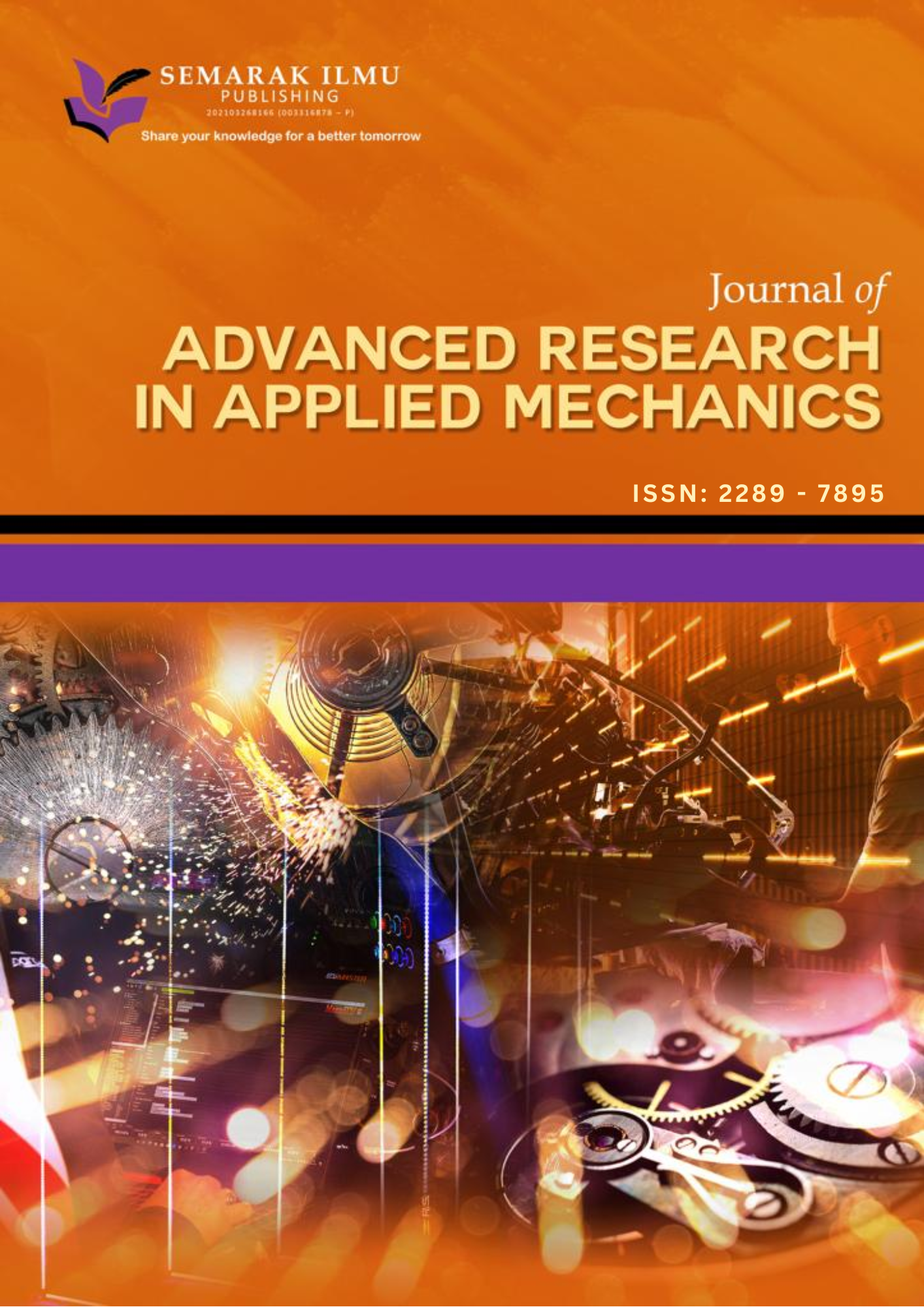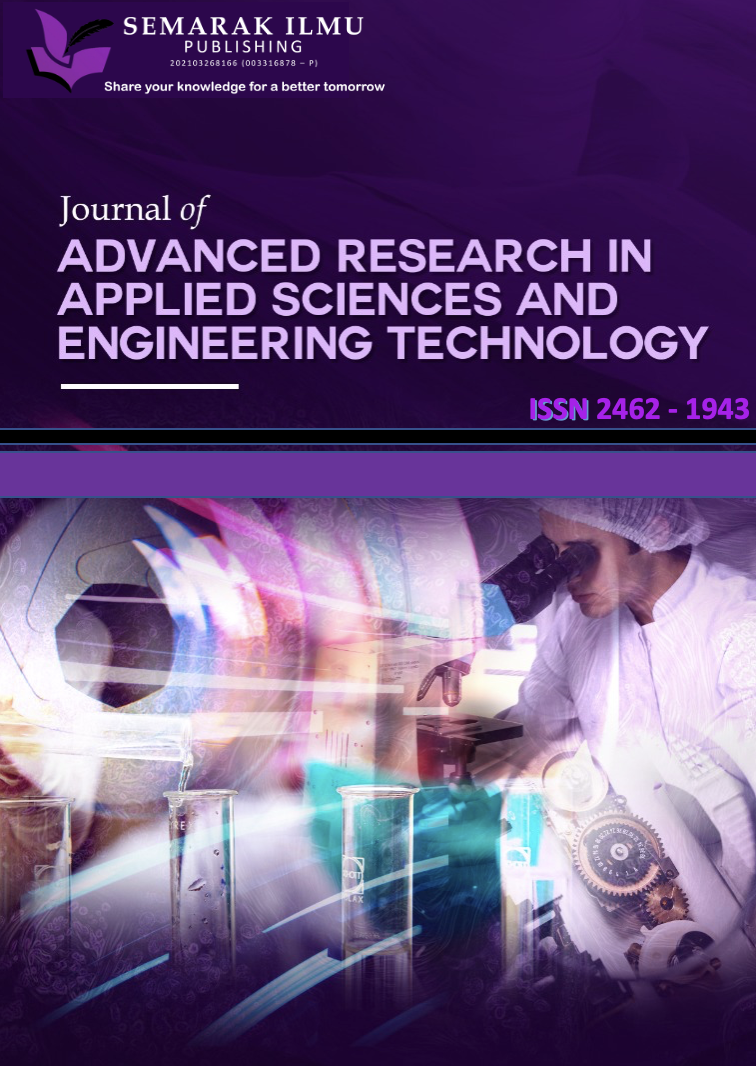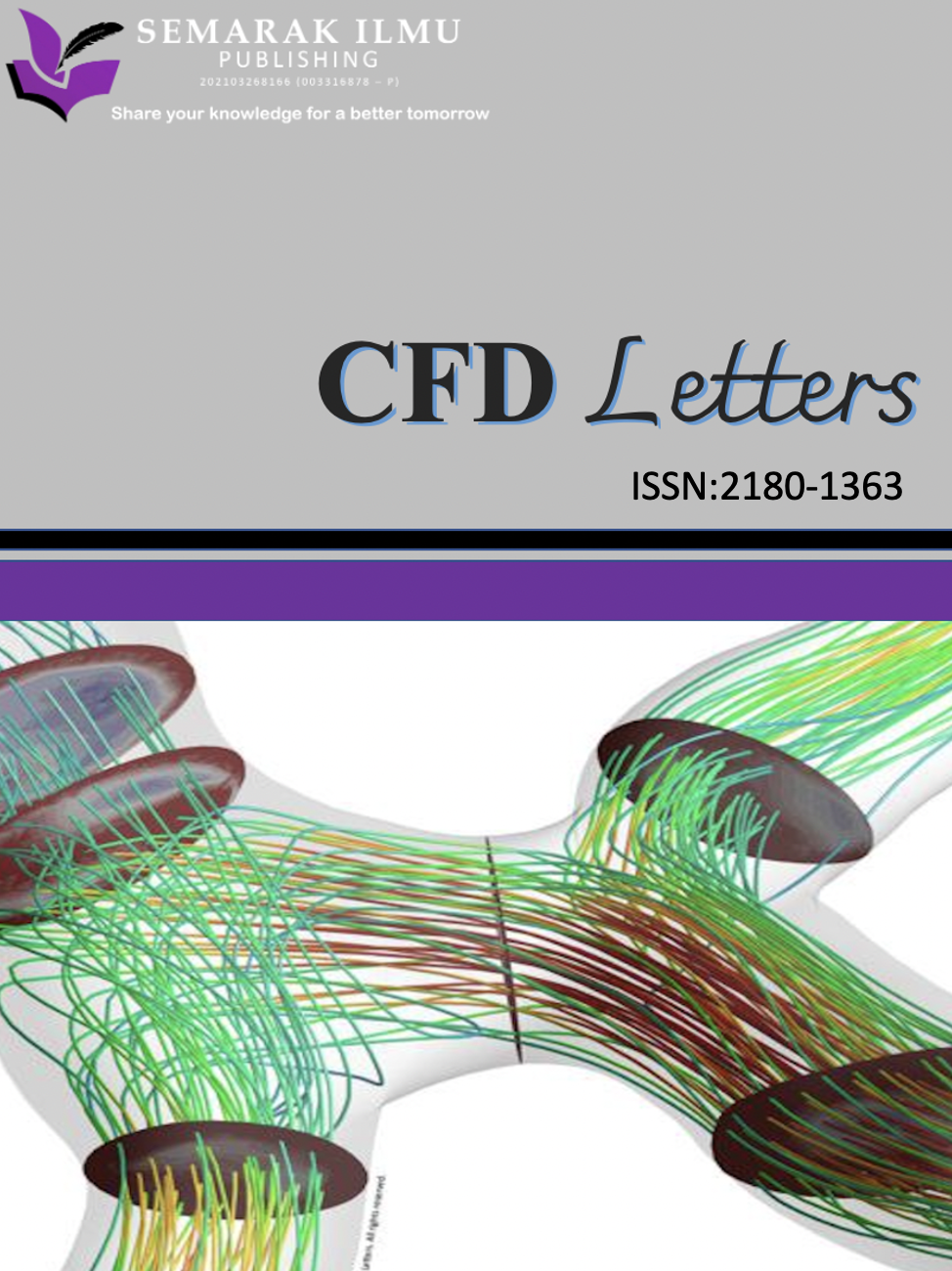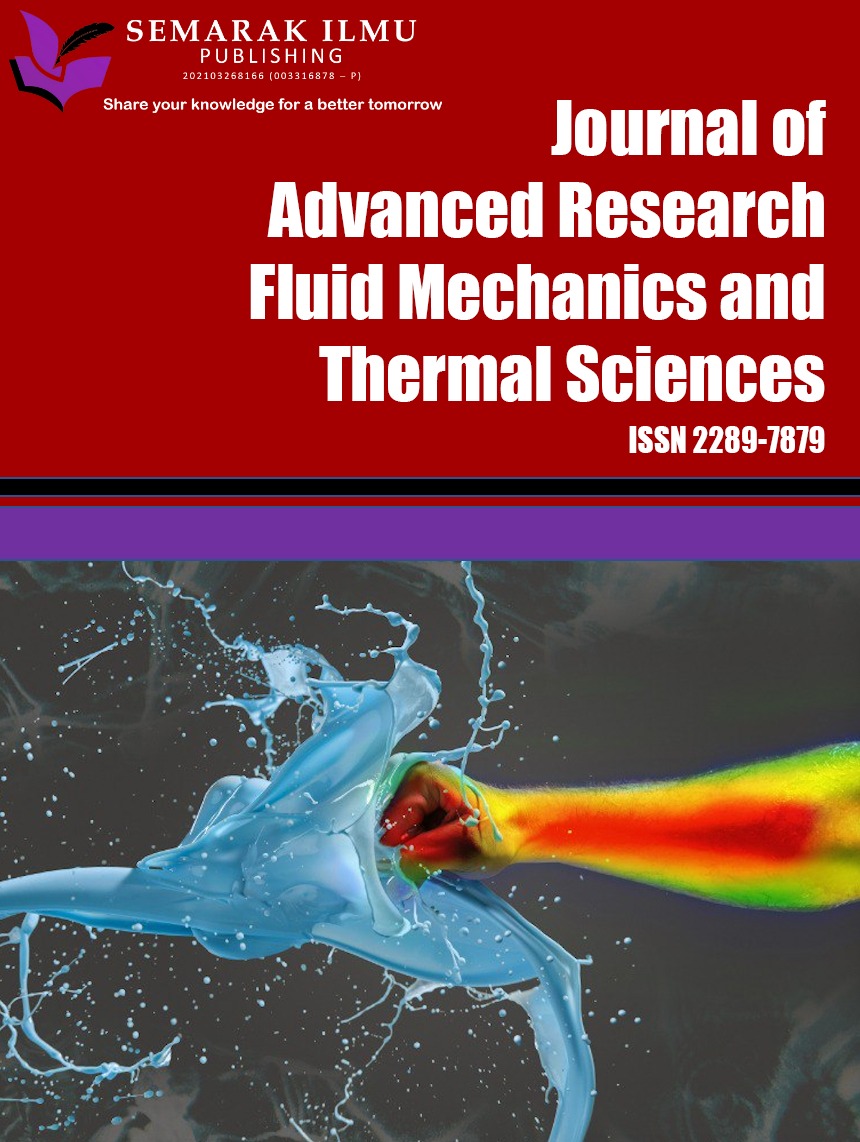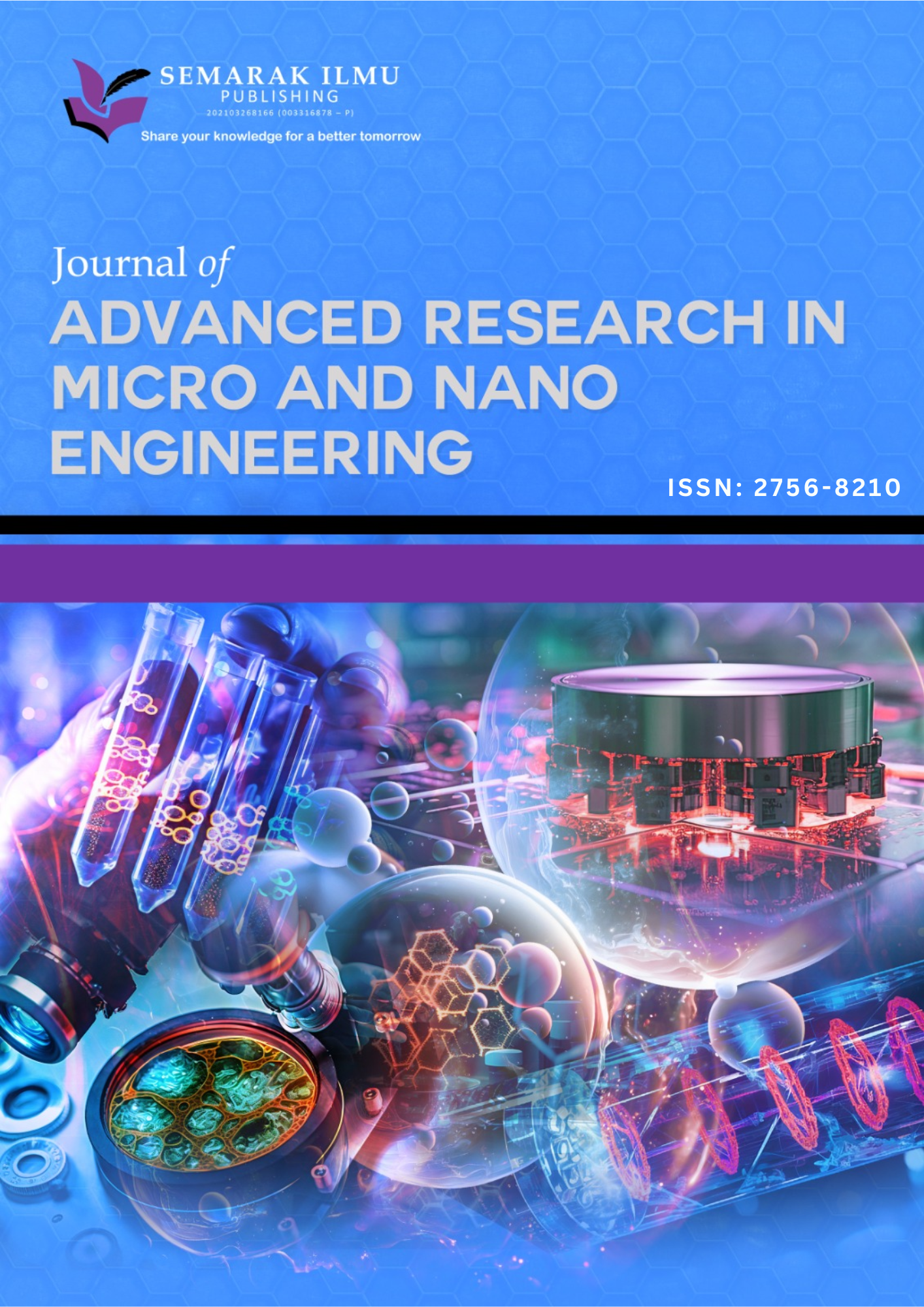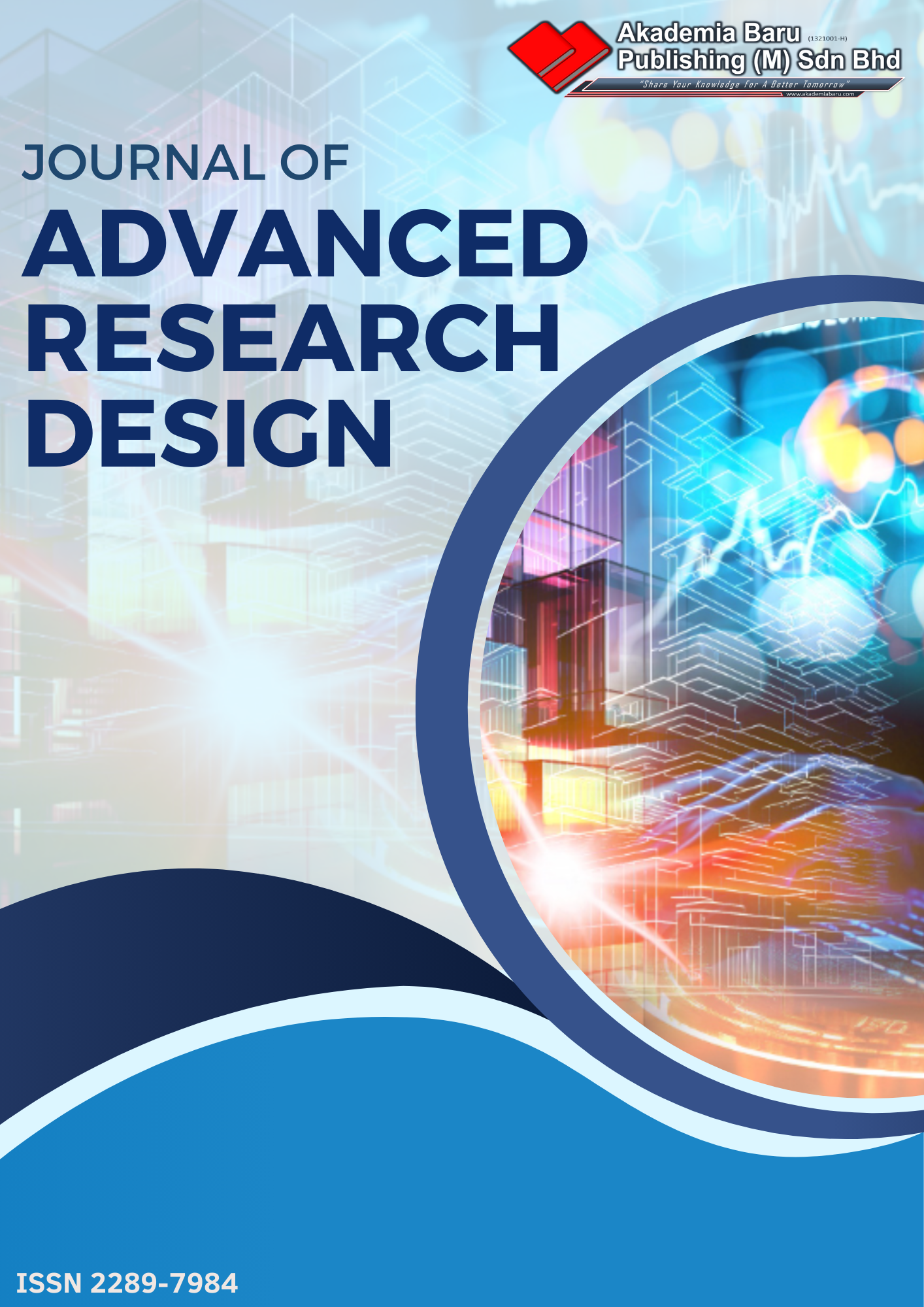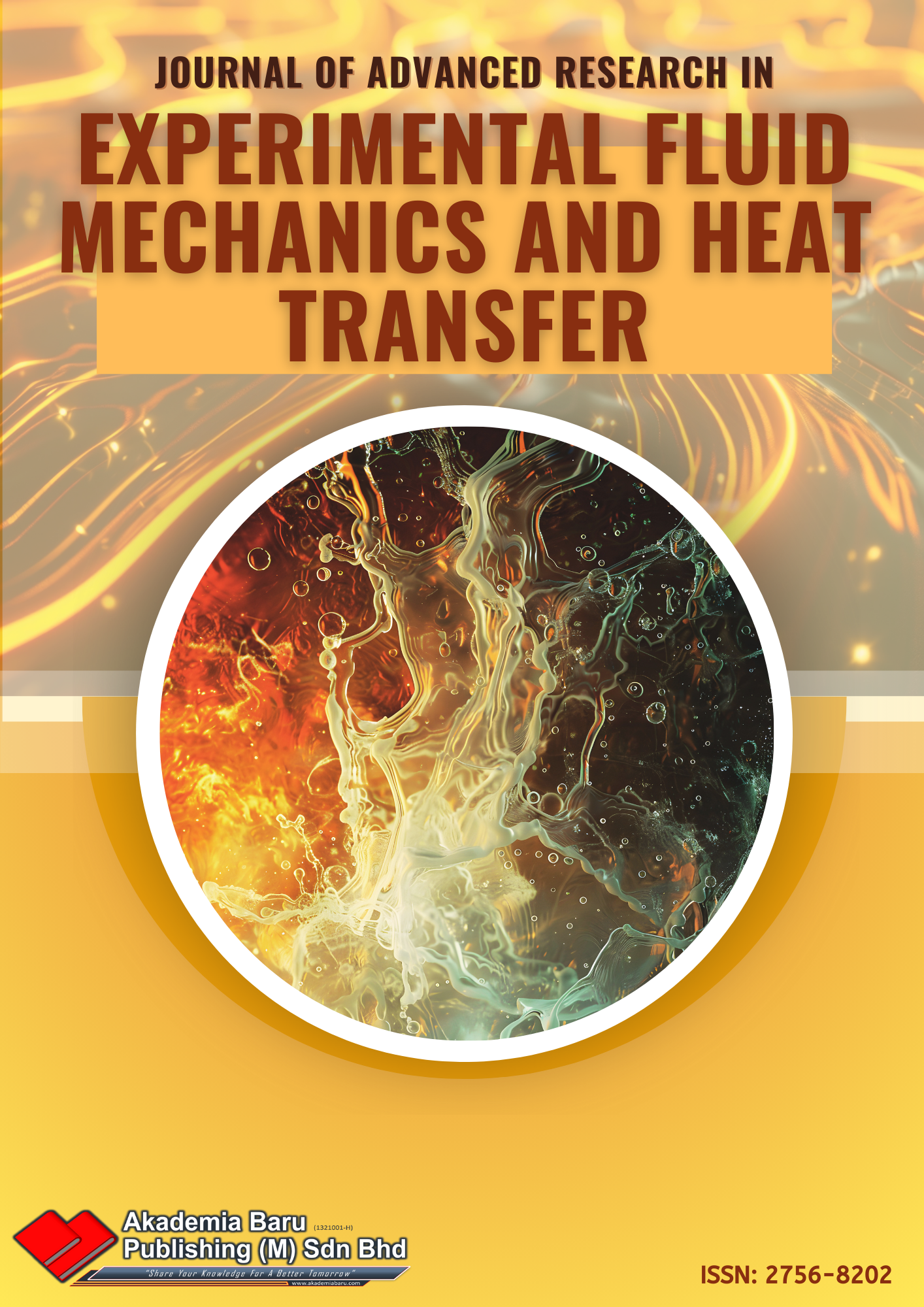Optimizing Wind Power Efficiency with Integrating Vortex-Induced Vibration and Piezoelectric Energy Harvesting
DOI:
https://doi.org/10.37934/arefmht.19.1.3043Keywords:
Energy harvesting, piezoelectric, wind-induced vibration, bluff body aerodynamicsAbstract
This article delves into the optimization of energy harvesting through the utilization of piezoelectric technology, with a specific focus on wind-induced vibration as a primary energy source. Emphasizing their potential application in powering microelectromechanical systems while mitigating the environmental impact associated with traditional batteries. In the first section the research covers review on various aspects, including the selection of piezoelectric materials, considerations of bluff body shape, optimal wind speed ranges and optimal resistance parameters. The second section of the study delves into piezoelectric energy harvesting from wind-induced vibrations on various bluff bodies. The research aims to comprehensively analyse the vibration response of a splitter plate, configured as a simple cantilever beam, when exposed to wind-induced vibrations on these bluff bodies. It investigates the effectiveness of utilizing PZT-5A as a piezoelectric actuator attached to the splitter plate to convert these vibrations into electrical energy. The experiment employs a vibrometer laser to capture vibration responses, while Oscilloscope data stream monitors the energy conversion of piezoelectric materials. By comparing three different bluff designs, the study highlights the significant impact of geometric shape on bluff body vibration characteristics. It demonstrates that rectangular bluff bodies are most efficient at converting vibrations to electricity at certain frequencies.
Downloads
